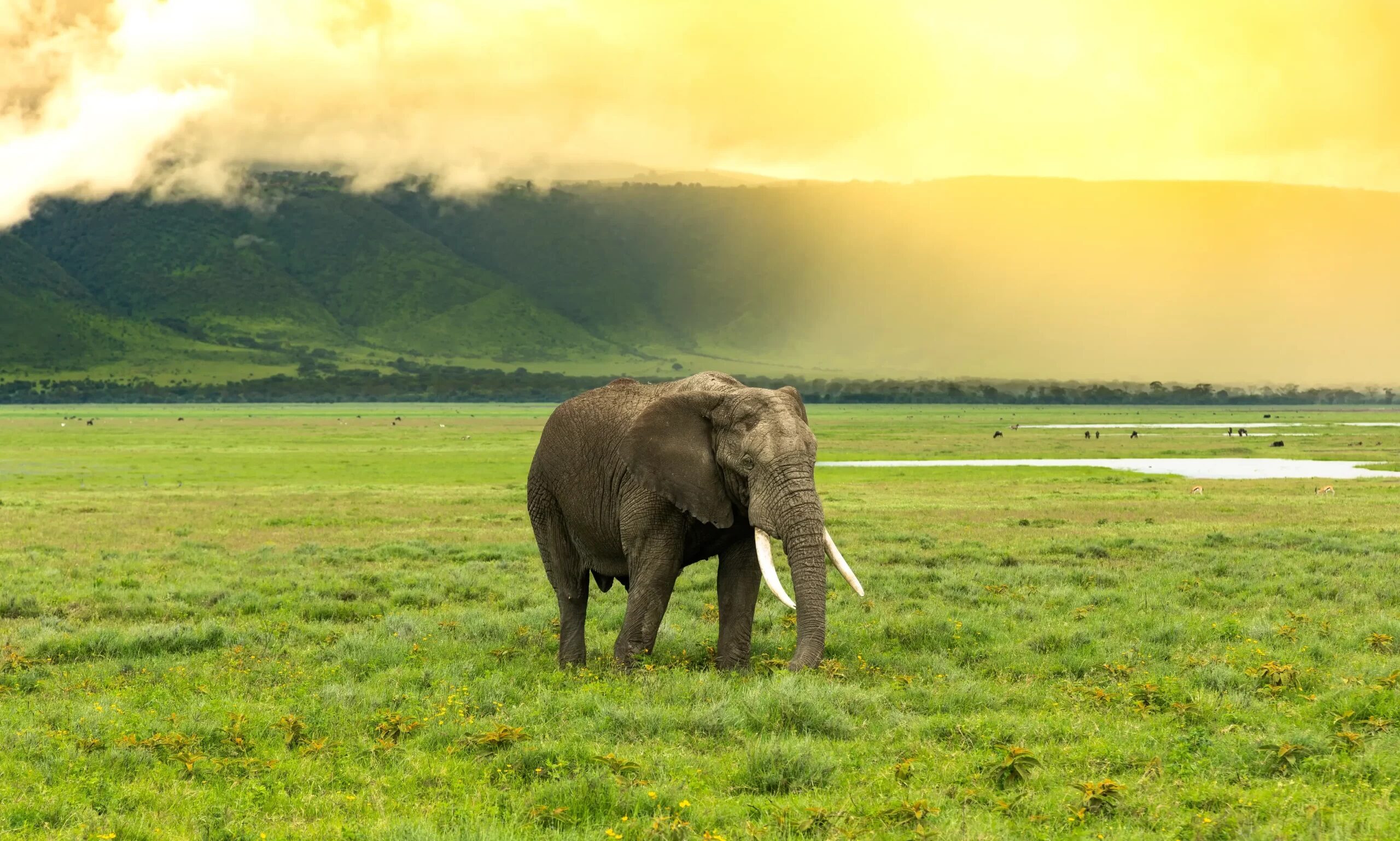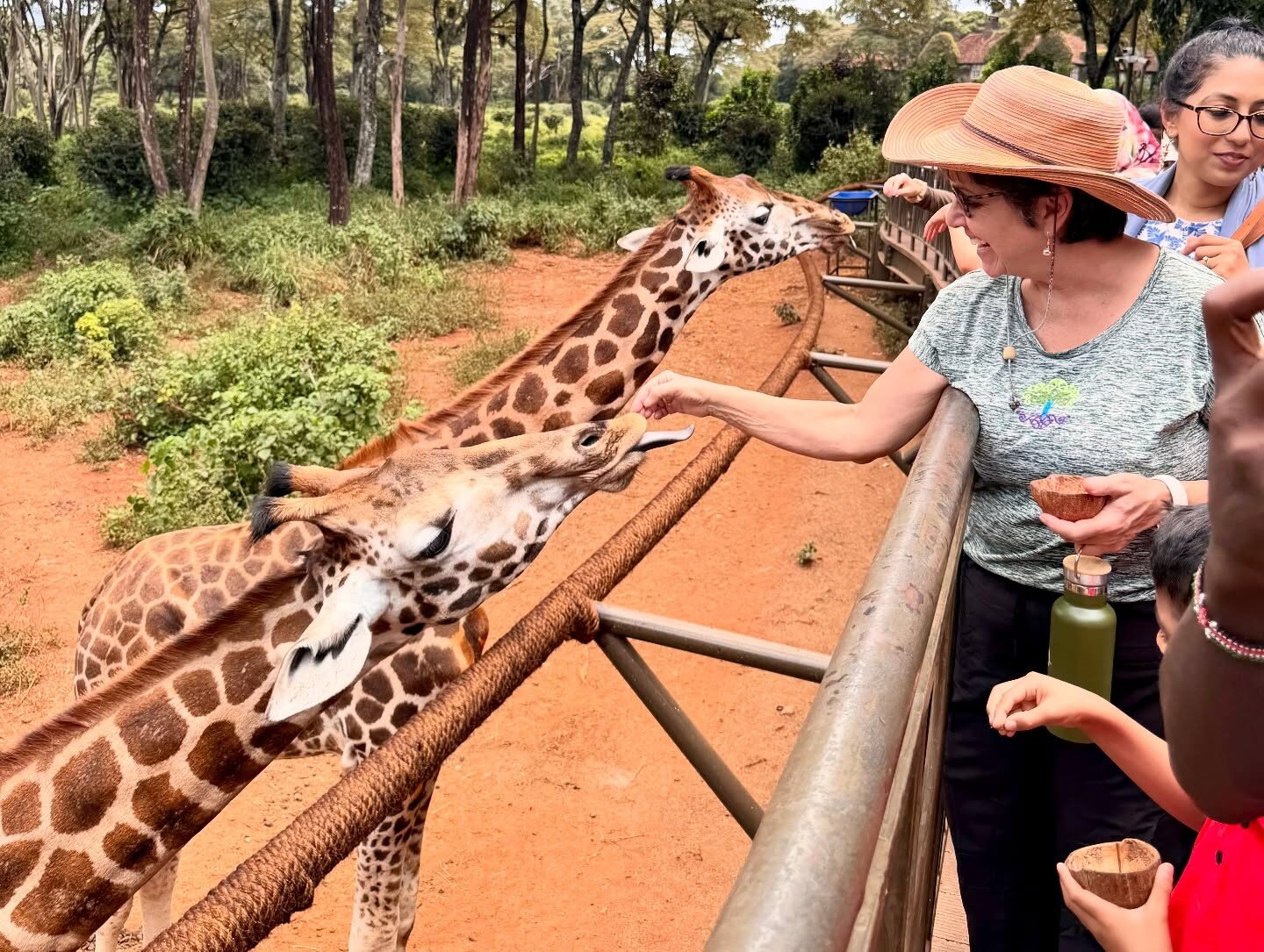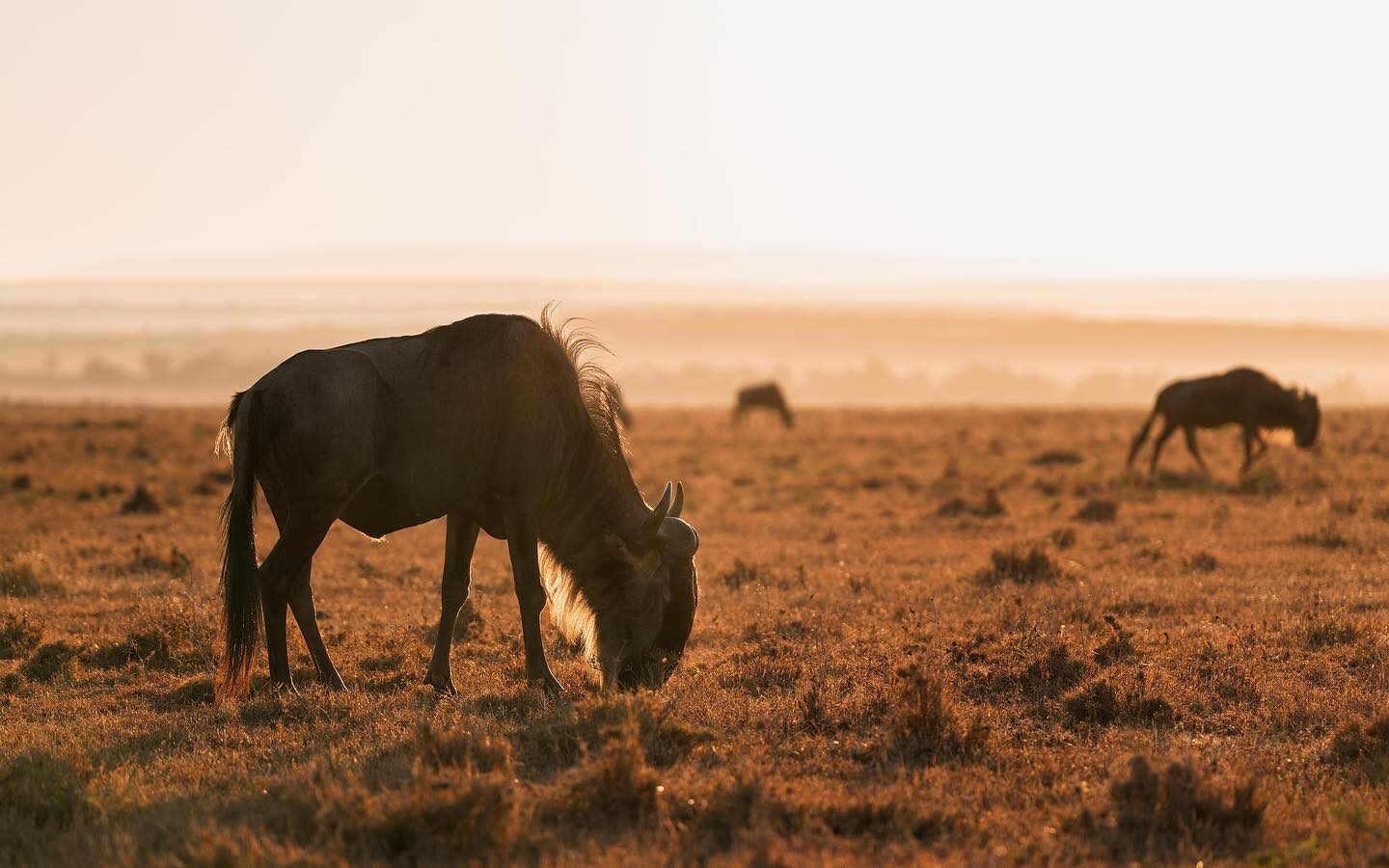Introduction
Let’s be real—safari travel isn’t just about spotting the Big Five or catching sunsets over the savannah. It’s about comfort, timing, and making the most out of every day without wiping yourself out. After planning safaris for countless senior travelers, I’ve learned that the debate between dry season and wet season is more than just a weather chat—it’s a game-changer.
One time I had a group of retired friends come through in early April. It rained for three days straight, and while they had great attitudes, we missed two game drives, and they were slipping around the camp paths like Bambi on ice. Another trip in July? Smooth drives, crisp mornings, and lion sightings nearly every day. Trust me—the season you choose makes or breaks the trip, especially when you’ve got joints to think about and a deep desire for a stress-free experience.
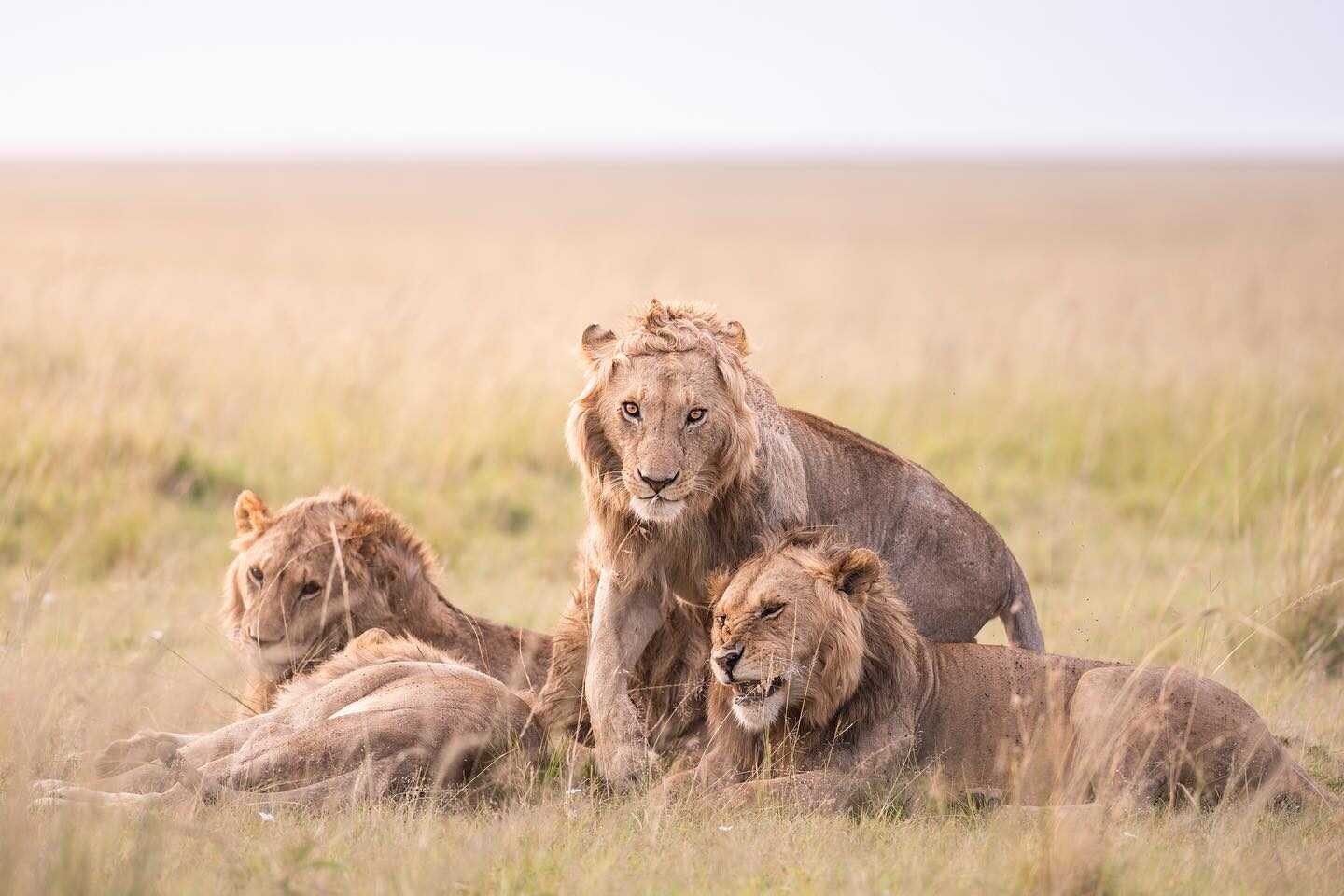
Dry Season: Clear Skies, Smooth Roads & Prime Wildlife
Dry season in East Africa usually runs from June to October. This is my favorite time to recommend for older travelers—and not just because it’s the most popular with tourists. Everything runs like clockwork during these months: from road conditions to lodge operations and wildlife movement.
One older couple from New Zealand still sends me postcards because of how perfect their July trip to the Masai Mara was. No mud, no mosquitoes, and every animal seemed to show up like they were booked for a show. The mornings were chilly—about 10°C—but it warmed up quickly by mid-morning.
Here’s why dry season hits differently:
- Game drives are smoother (fewer potholes and no flooded roads),
- Wildlife is easier to spot, especially around rivers and watering holes,
- Malaria risk is lower, thanks to fewer mosquitoes buzzing around,
- Comfortable temperatures hover around 22°C–28°C.
It’s also the best time for the Great Migration if you’re in Kenya between July and September. Now, a little heads-up—dry season is high season, which means prices go up, and popular parks like the Mara can get a bit crowded. But for seniors who value structure, accessibility, and consistent experiences, dry season is the winner, hands down.
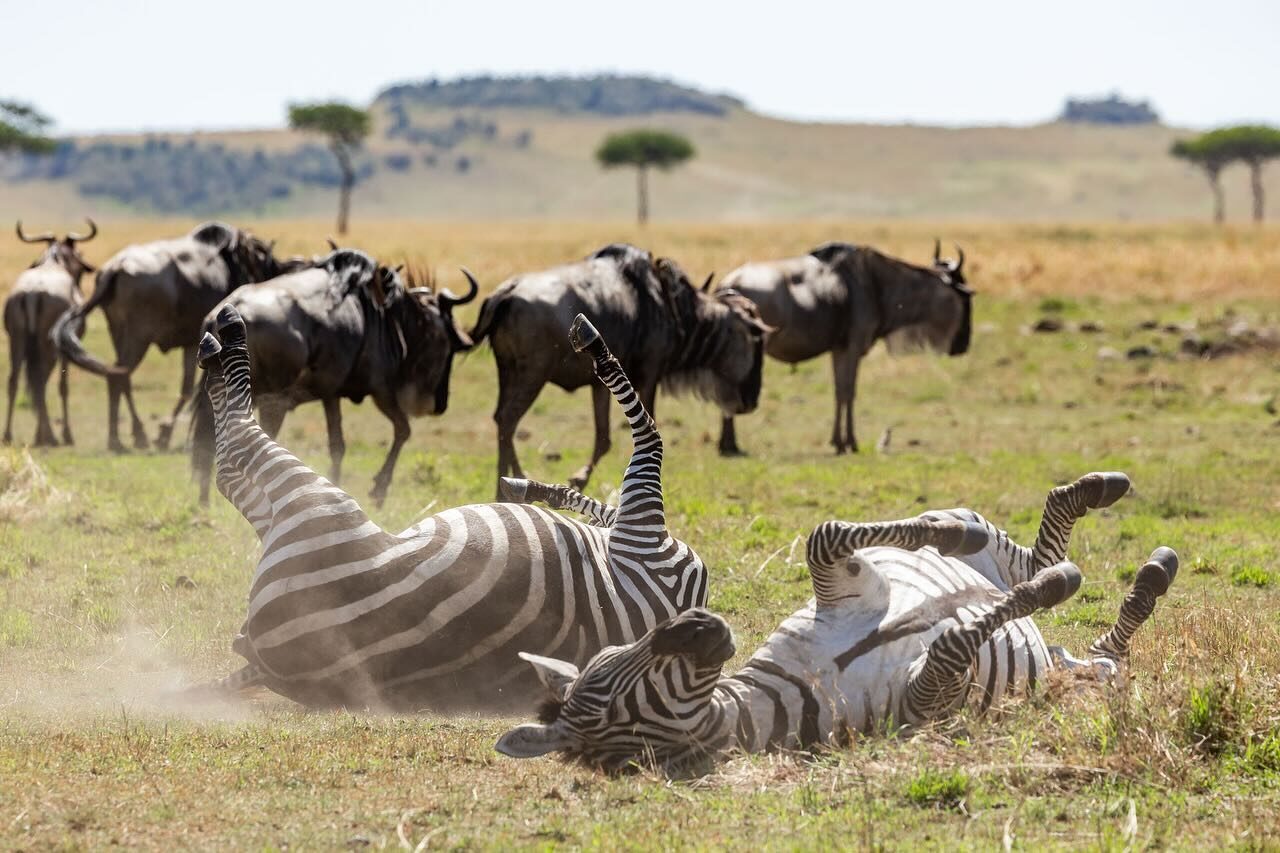
Wet Season: Fewer Tourists, Lush Landscapes—but Tricky Conditions
Now, I’ll admit, there’s something magical about the green season (aka wet season), especially around November or April. Everything turns a vibrant, almost surreal green. Birdwatchers are in heaven, the sunsets are dramatic, and you can actually hear the bush breathe after a good rain.
But here’s the flip side—it’s also unpredictable. I had a solo traveler in his early 70s visit during March, hoping to see baby animals (which, yes, do tend to show up after rains). But the camp flooded on night two, and we had to relocate him on bumpy, slippery backroads. He took it well, but he later told me, “Maybe next time, I’ll stick to the dry season.”
Still, wet season has its perks:
- Lower costs for lodges and tours—sometimes up to 30% less,
- Less crowded parks, offering peace and privacy,
- Excellent birdwatching, especially for migratory species,
- Baby animals galore in calving season.
If your travelers are super active, healthy, and up for a bit of uncertainty, April and May in Tanzania or November in Kenya can work. But if balance, smooth access, and health safety are priorities, it’s best to tread carefully. Slippery trails and washed-out bridges are not fun when you’ve got a replaced knee or limited mobility.

Senior Travel Essentials: What the Seasons Don’t Tell You
There’s more to this decision than just rain vs. sun. I always look at road travel times, mosquito density, and even lodge layouts before recommending a trip for older guests. Some lodges on steep hills become treacherous in the wet season, especially without handrails or proper walkways.
In dry season, even the longer drives—like the 5+ hours from Nairobi to Amboseli—are more manageable because of better roads. In wet season, that same route can take 7+ hours due to detours or stuck vehicles. I’ve been on a few of those drives, and let me tell you… the stress level shoots up for everyone, especially seniors.
I also advise packing differently:
- In dry season: lightweight layers, moisturizer (it gets dusty), sun hat.
- In wet season: waterproof shoes, light rain jacket, quick-dry clothing.
And don’t forget your malaria prophylaxis and mosquito repellent—especially in the wet season when bites spike near swampy areas and riverbanks. I always recommend lodges with mosquito nets and ceiling fans to help seniors sleep better at night.
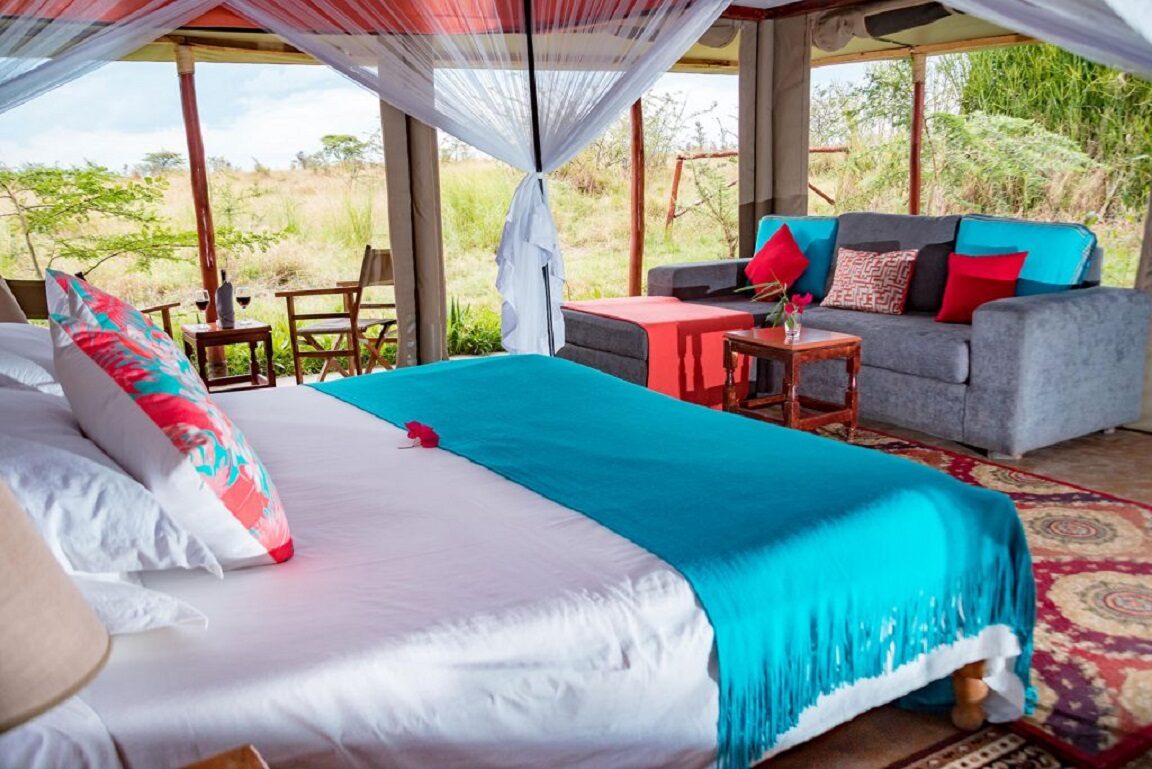
The Verdict: Which Season Wins for Senior Safari Travel?
Look, both seasons have their charm, but if I had to place a bet—dry season takes the crown for most older travelers. It’s reliable, accessible, and health-conscious. Everything from lodge access to medical availability runs better when the roads are dry and predictable.
If you’re adventurous, physically fit, and prefer smaller crowds, wet season could work—but plan carefully and choose properties with paved or stone walkways and great staff support. I usually tell my clients: if you’re celebrating a milestone birthday, bringing grandkids along, or it’s your first time in Africa, go dry.
Ultimately, what matters is how you want to feel on safari. Safe? Relaxed? Inspired? Dry season has fewer surprises and more wow moments. Wet season has beauty—but it demands flexibility.
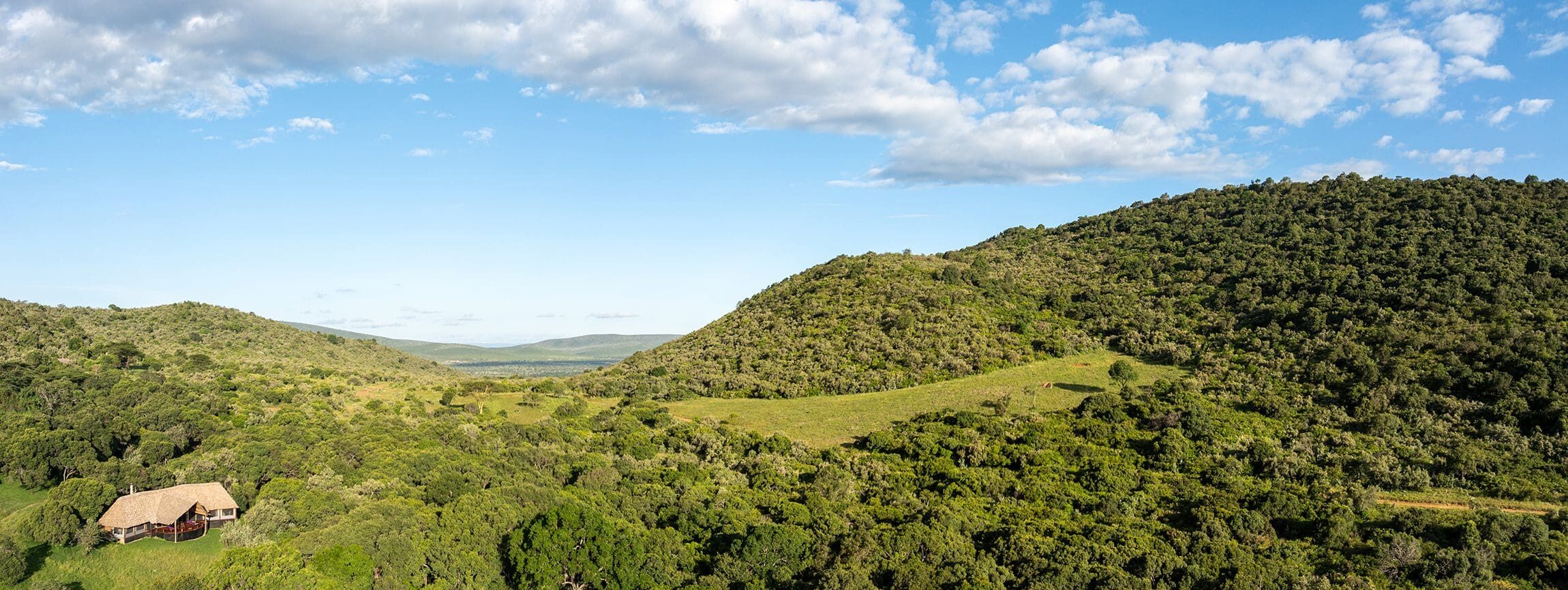
Conclusion
So, dry vs. wet season—who wins for seniors? I’d say the dry season, especially between June and October, is your best bet. Fewer bugs, safer roads, and all the drama of the wild without the chaos of the weather. But hey, if you’re the adventurous type and don’t mind a little mud in exchange for peace and greenery, the wet season might charm you after all.
Need help figuring out the best time for your senior safari? Let’s chat. I’d love to help you design a trip that’s safe, smooth, and full of unforgettable moments

